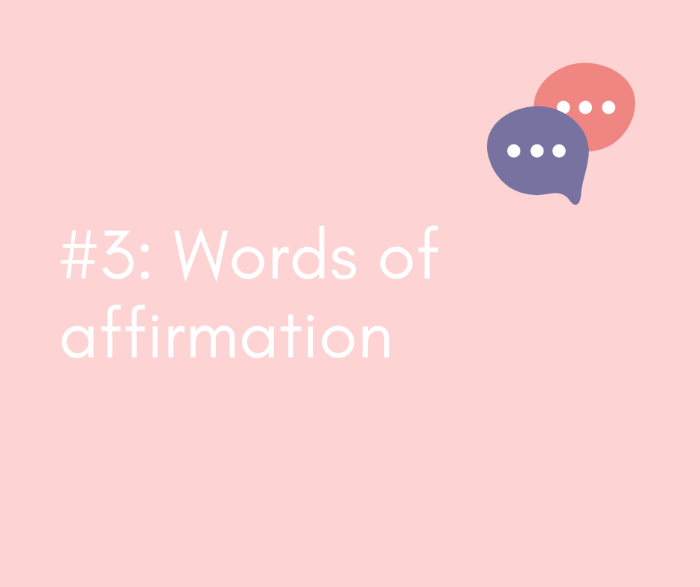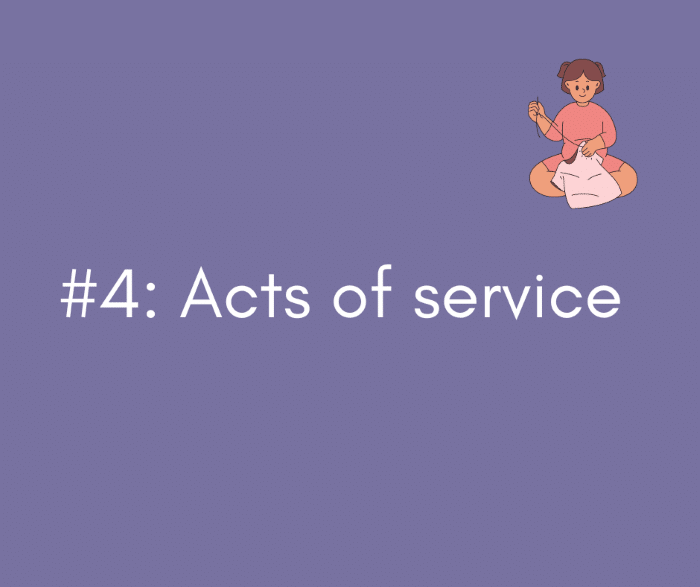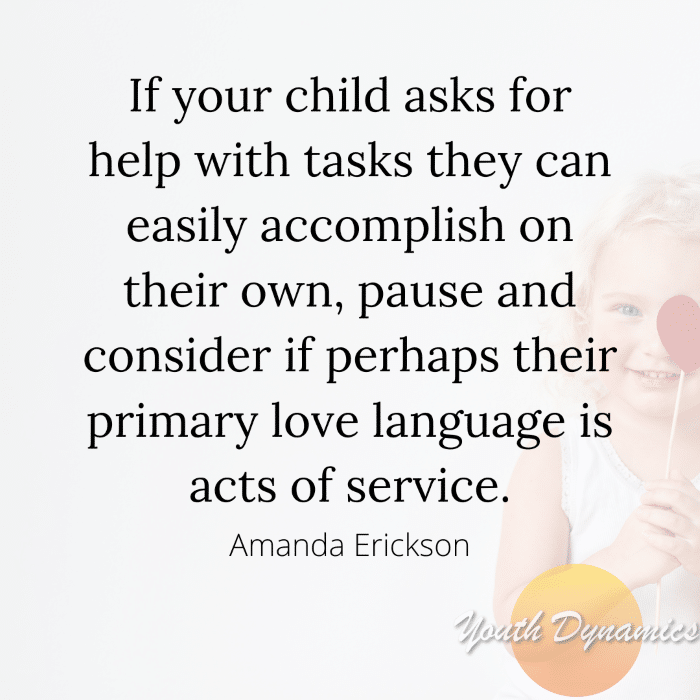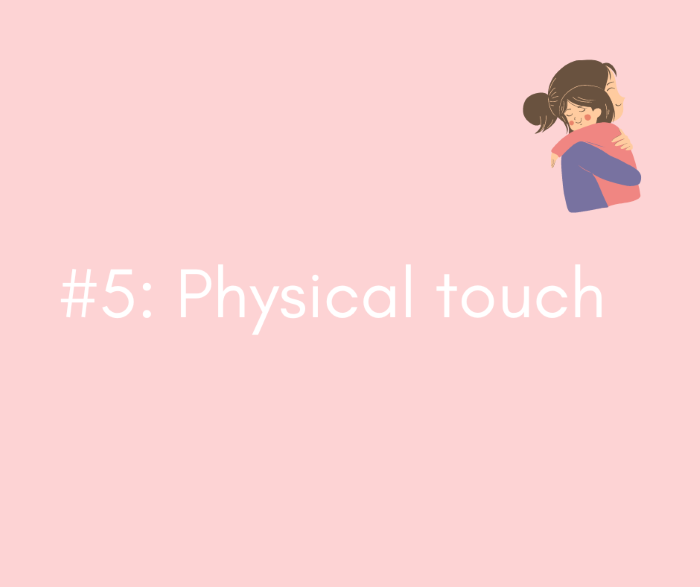Have you heard of love languages? The concept, developed by Dr. Gary Chapman, suggests we all interpret love, value, and appreciation in five different ways:
❤️ Quality time
❤️ Receiving gifts
❤️ Words of affirmation
❤️ Acts of service
❤️ Physical touch
If we “speak a different love language” to our kids, we can think we are communicating our love to them, but they won’t necessarily hear us.
The key is to discover your child’s primary love language and intentionally invest in showing affection in that particular way.
The Five Love Languages for Kids
Below are Dr. Chapman’s five primary love languages broken down:

Quality time
Is quality time your child’s love language? If so, they feel most valued when you give them your undivided attention—engaging in meaningful, shared activities.
Remember, quality is key here. Limit distractions during one-on-one time to ensure you’re fully present.

Receiving gifts
Who doesn’t like a well-thought-out, meaningful present? If receiving gifts is one of your child’s more prominent love languages, they adore them—feeling most connected to you when you offer small individualized tokens of affection—reflecting their interests and personality.

Words of affirmation
If words of affirmation are your child’s love currency, they feel most valued when you offer positive words of appreciation, compliments, and encouragement. Make sure to express gratitude regularly, acknowledge their accomplishments, and encourage them through challenges.

Acts of service
Are acts of service your child’s love language? If so, they feel most appreciated when you offer gestures of support. For example, children might show affection by offering to help with household chores or bids for love by asking for help on tasks.

Show love by providing support in practical ways—exploring what acts of service mean the most to your child. By understanding their needs and wants, you can show love in the most meaningful way and strengthen your connection with them.

Physical touch
If your child’s primary love language is physical touch, they feel most loved with hugs, cuddling, pats on the back—appropriate physical affection.
Improve all your relationships.
Each of us has a different way of expressing and interpreting affection in relationships, whether with partners, friends, or family members. When we take the time to understand our own and others’ love languages, it can significantly improve all our bonds.
Want more?
Check out the rest of our blog and follow us on social media. You can find us on LinkedIn at Youth Dynamics of Montana, Instagram @youthdynamicsmt, and Facebook at Youth Dynamics of Montana & People of Youth Dynamics.





